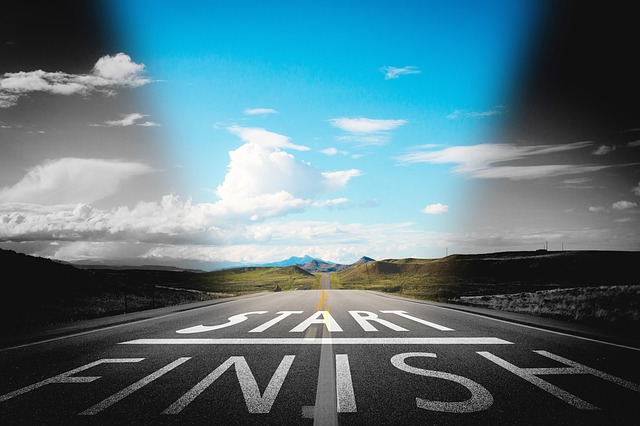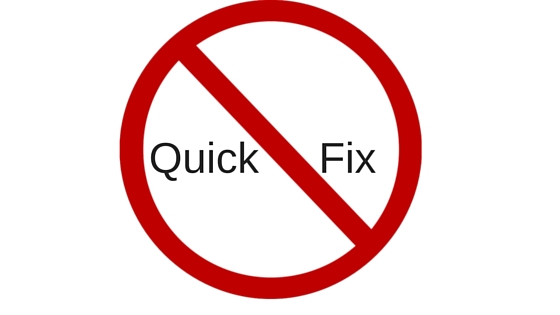The Phases of Transition
Count the number of times you’ve moved. Add the number of times your family size has changed — siblings that were born after you, the time you got married, had your own children, etc. Keep calculating by adding the times you’ve changed schools. Include in your total every job you’ve ever had. Have you lost count yet? My family size changed the day I was born. That’s the first transition I was a part of. Three years later my dad took a new job that moved us hundreds of miles away. In my short 50 years (notice the use of the word “short”), I’ve experienced 40 transitions like the ones you are trying to count. But that’s okay because I went through the transition training in Jr high, right? NOT! If life is made up of transitions which are full of uncertainty (and we all enjoy uncertainty), why wouldn’t there be some kind of equipping for transitions?
In the ancient cultures, there were rituals that marked the season changes and the passage of time throughout life. Each of these rituals helped children understand the process of transition. Few cultures have managed to hang onto ceremonies or rituals that provide equipping for transition. Current day rituals or ceremonies you might be familiar with are the Jewish bar mitzvah and the Latino Quinceanera.
The Quinceanera, a huge party for girls turning 15 that rivals the extravagance of a wedding, marks the transition from childhood to adulthood. Early in the evening the teenage girl hands her doll to a younger sibling to show that she is putting away childhood. At some point in the evening, her father ceremonially replaces her flat sandals with heels to signify her transition to adulthood. At the close of the evening, she carries a scepter symbolizing she has authority over her own life. The entire maturation process is compressed into one memorable event that dramatizes the transformation of a young person from dependency to independence.
Start with the End
This ceremony illustrates the three stages of transition. The phases of transition are commonplace — beginning, middle, ending. However, it’s the order of these steps that throw us off. A transition starts with the ending. All transitions must begin with a conclusion. At a Quinceanera this is illustrated when the teenager hands her doll off to someone younger. She is letting go of something that played an important role in her former season. Grand finales seem better suited for the end but in transition it’s required that you start with a letting go of the old.
Stop during the Intermission
The middle, the in-between or the intermission allows you to stop the action and take a breath. Our society continuously calls for us to speed up, move faster, run to the finish line. Seldom do you find anyone calling for a pause. This happens in the middle of the Quinceanera when the father exchanges his daughters shoes. Everything stops, the dancing, the music, the party atmosphere and everyone gets quite in order to reflect. Transitions, by there very design, are engineered for the purpose of slowing things down.
End with the Beginning
After the letting go, the slowing down, you can now arrive at the beginning. When the 15 year old girl is handed her scepter, she has now arrived at the opening act of adulthood. All transitions end with a new beginning.
Transitions can set you up or trip you up. If they’ve been tripping you up, take a look at the beginning, middle, end. Would it help if you progressed through the end, then the middle, then the beginning?
If you need support in your current transition, email me at michele@lifebydesign.guru.













